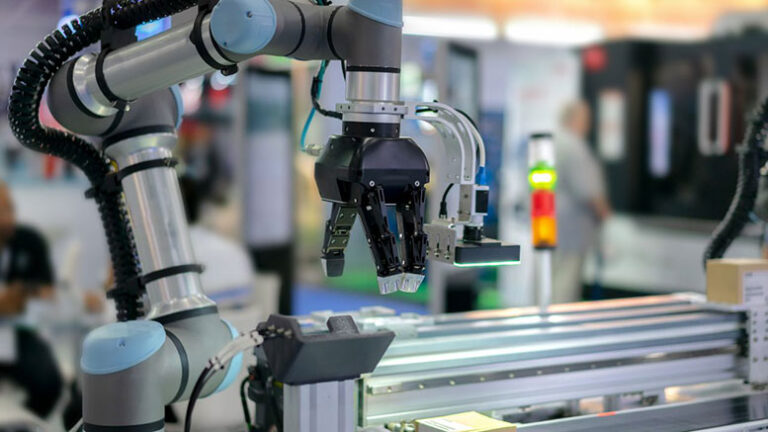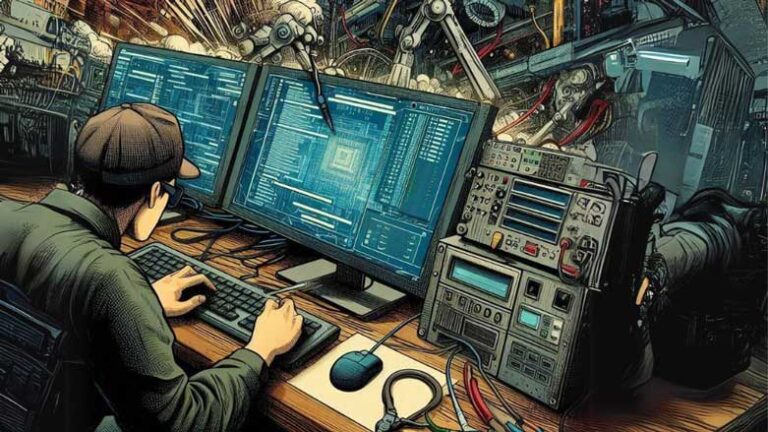Turing Test
Table of Contents
How can we determine if a machine truly possesses intelligence? One of the most famous tests for evaluating AI is the Turing Test, developed by British mathematician and computer scientist Alan Turing in 1950. This test has since become a benchmark for measuring the capabilities of AI systems and their ability to exhibit human-like intelligence.
What is the Turing Test?
The Turing Test is a test of a machine’s ability to exhibit intelligent behavior indistinguishable from that of a human. In the original formulation of the test, a human evaluator interacts with both a human and a machine through a text-based interface, such as a chat program. The evaluator is unaware of which responses are coming from the machine and which are coming from the human, and their task is to determine which is which based on the content of the responses alone.
If the machine is able to convince the evaluator that it is human a significant amount of the time, then it is said to have passed the Turing Test. This would suggest that the machine possesses a level of intelligence that is on par with that of a human, at least in terms of its ability to communicate effectively.
The Implications of Passing the Turing Test
Passing the Turing Test has long been considered a milestone in the development of AI. It would demonstrate that a machine is capable of exhibiting intelligent behavior that is indistinguishable from that of a human, at least in a limited context. This has important implications for the field of AI, as it would suggest that machines are capable of understanding and responding to human language and behavior in a way that is truly meaningful.
However, critics of the Turing Test argue that it is a limited measure of intelligence, as it focuses primarily on the ability to mimic human behavior rather than truly understanding it. Some have suggested that passing the Turing Test does not necessarily mean that a machine possesses true intelligence, but rather that it is able to simulate it effectively.
Variations of the Turing Test
Over the years, several variations of the Turing Test have been developed to address its limitations and provide more nuanced evaluations of AI systems. One such variation is the Total Turing Test, which extends the original test to include a wider range of tasks, such as visual and auditory perception, as well as physical interaction.
Another variation is the Reverse Turing Test, in which a machine must demonstrate that it is a machine rather than a human. This test is designed to evaluate a machine’s ability to exhibit characteristics that are distinctly non-human, such as perfect memory or the ability to perform complex calculations instantly.
Challenges and Controversies
Despite its widespread use as a benchmark for evaluating AI, the Turing Test has faced criticism and controversy over the years. One of the main challenges is the subjectivity of the test, as the determination of whether a machine has passed the test relies on the judgment of human evaluators. This can introduce bias and inconsistency into the evaluation process, making it difficult to draw definitive conclusions about a machine’s level of intelligence.
Additionally, some critics argue that the Turing Test sets an unrealistic standard for AI, as it requires machines to mimic human behavior rather than develop their own unique forms of intelligence. This can limit the potential of AI systems and hinder their ability to truly innovate and advance the field.
The Future of the Turing Test
As AI continues to advance and evolve, the Turing Test remains a valuable tool for evaluating the capabilities of AI systems and measuring their progress towards human-like intelligence. While the test may have its limitations and challenges, it continues to serve as a benchmark for researchers and developers working to create more intelligent and capable machines.
In conclusion, the Turing Test is a powerful tool for evaluating AI and exploring the boundaries of machine intelligence. As AI continues to develop and improve, the test will likely continue to play a central role in assessing the capabilities of AI systems and pushing the boundaries of what is possible in the field of artificial intelligence.



